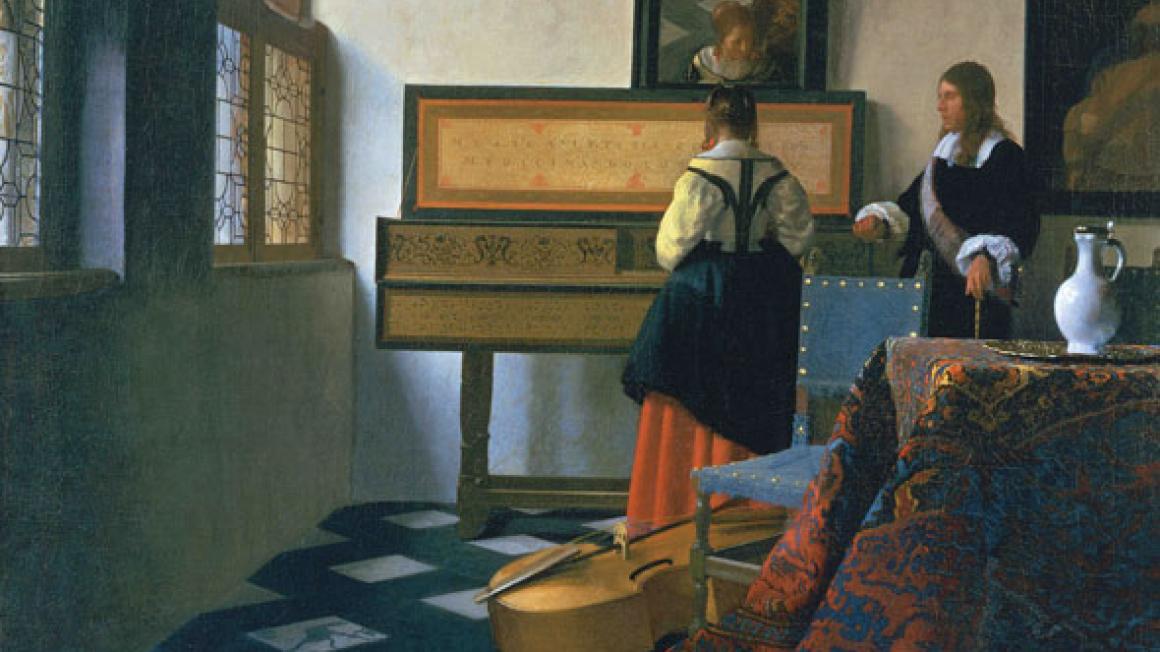Masters of the Everyday: Dutch Masters In The Age Of Vermeer & High Spirits : The Comic Art Of Thomas Rowlandson
 You wouldn’t obviously associate 17th-century Dutch art with the 18th/19th-century satirical depictions of Thomas Rowlandson, but the new joint show at The Queen’s Gallery will get you to think again – which is what art exhibitions are supposed to do.
You wouldn’t obviously associate 17th-century Dutch art with the 18th/19th-century satirical depictions of Thomas Rowlandson, but the new joint show at The Queen’s Gallery will get you to think again – which is what art exhibitions are supposed to do.The Dutch paintings here, superbly arranged by the Surveyor of the Queen’s Pictures, Desmond Shawe-Taylor, were a revelation to me – not the luminous Netherlands landscapes I’d been expecting. The first room contains battle scenes, a set-piece of Charles II dancing at Court, and three or four outstanding Rembrandts, including The Artist’s Mother, which was the first work of this artist to leave Holland.
In the main room, you’ll go straight for the Queen’s Vermeer, The Music Lesson, illuminatingly displayed beside other innovative experiments with light, colour and space by Pieter de Hooch and Ludolf de Jongh. The Vermeer is famously mysterious: the painting’s subjects are at the back of it and with their backs to us, the spectators, unaware they are being watched. What are they up to? There is a sense of banked-down drama and even grandeur in the lighting and heightened colour of the painting, yet it is clearly an everyday scene of a kind that nobody had thought of painting before. At first sight the other works in the room seem inferior but they are not. Jan Steen painted tavern interiors with the same immaculate care as Vermeer but of an altogether more ribald populated nature, with gambling, wenching and gaming – in the Bruegel tradition in fact. This is where the comic, satirical element comes in, although none of these works is moralistic. Two pictures by other artists were recently found to have very rude parts that had been painted over by the Victorians. These have now been restored.
Rowlandson might at first seem inaccessible to the modern viewer – what exactly did the Duke of York do wrong? A Lump Of Innocence, however, depicting a large blowsy lady who is anything but, makes an immediate impact. It’s worth persisting though, because his gentle mockery and exactitude in depicting everyday scenes chimes in perfectly with the Dutch Masters. There’s a marvellous print of George III returning from hunting. You struggle to identify the King from his retinue as an actual bystander might have done, and Windsor High Street looks exactly as it must have looked.
Until 14 February 2016 at The Queen’s Gallery, Buckingham Palace, London SW1: 020-7766 7300, www.royalcollection.org.uk


